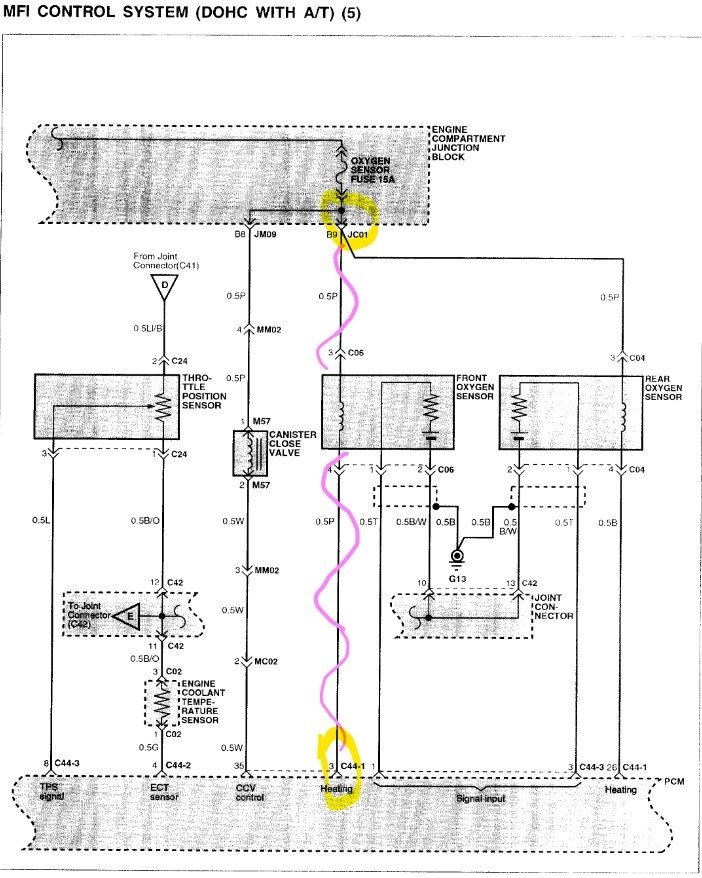Wednesday, June 15th, 2022 AT 10:08 PM
I recently took my car into a mechanic to get the emissions diagnosed and p0135 was one of the codes that came up. I asked the mechanic if this was something that I could fix and was told that the upstream and downstream oxygen sensors needed to be changed. I was able to change the downstream sensor and get rid of that code but after changing the upstream one I drove the car to reset everything, and the check engine light stayed off the whole seventy-five miles that I drove. I stopped the car and turned it off then about an hour later I started the car up and the check engine light kicked on. I tested the car with an odb2 and got p0135. I inspected the wiring harness that the sensor connects into and didn't see anything damaged or broken. I returned the sensor back to the store I got it from because when I took it out of the box there was grease on the tip, so they gave me a new one and I installed it. Same thing happened after I drove it for seventy-five miles, turned the car off and then when I went to drive again the check engine light came on, so I tested the car again with the odb2 and the code is p0135. I used a multimeter and got a good voltage reading on the connector going into the car I then tested the sensor and got a good ohm reading. I have checked the fuses to the ECU and none of them are bad. The sensor I replaced the old one with is a Bosch Exact Fit Oxygen Sensor 13753. I noticed when I pulled the old one out that the tip was way different, and the wire was a little bit longer. The Bosch also doesn't reach to clip on the little metal piece the old one clipped onto so the wires aren't just free hanging. Any advice would help I don't want to have to bring it back to the mechanic but will if that's my only option.



